Byzantine sculpture in the early days.
The Byzantine sculpture In the early days is more an extensions of the Hellenistic art, were portraits of great impacting aesthetics drama were produced. Sculpture underwent changes very similar to those in architecture; were several good examples of secular architecture survive from that period. Among them are vestiges of an atrium in the Great Palace of Constantinople. This building was decorated with an splendid mosaic plant, containing in it sculptures representation, worthit example of the empire wonder’s.
In sculpture the forms are still basically representational, but they are treated in an abstract manner what give us an indication on how the symbolic character of the art becomes gradually more important; over even its expression and aesthetic, responding to the new theology and ecclesiastical power.
For instance the three-dimensional representational sculpture forms they inherited from the hellenistic period in the early days of the long Byzantine period progressively were reduced, until they vaguely used them in subsequent stages.
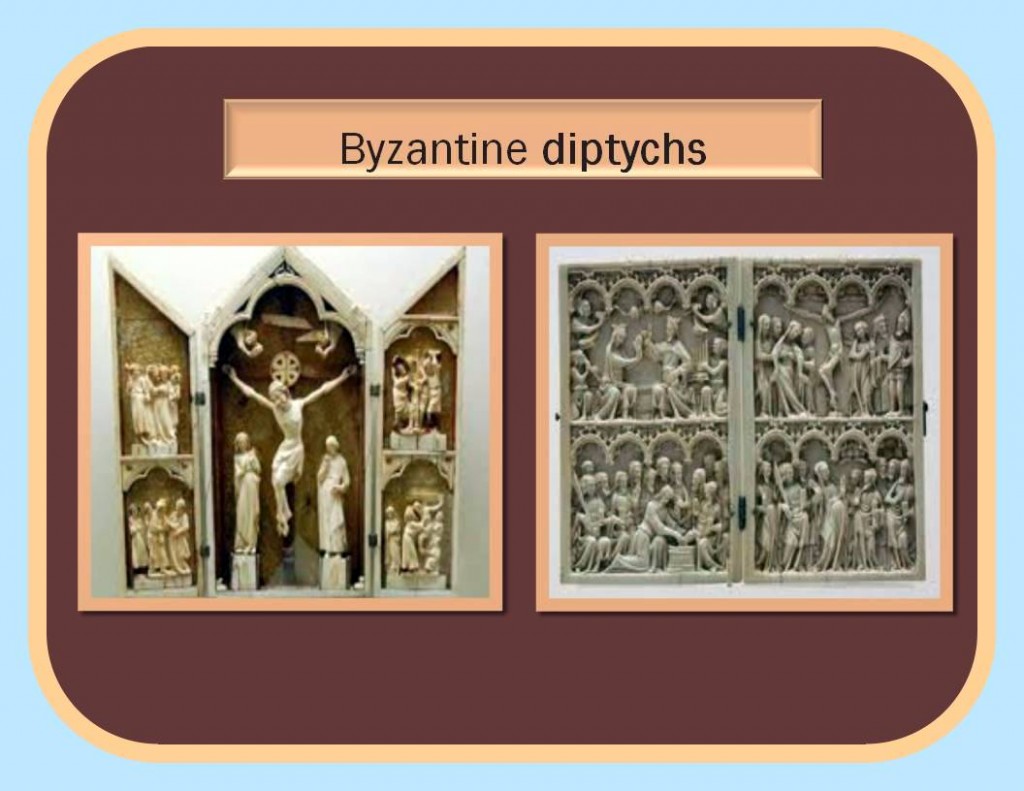
Previous to the iconoclastic period themes were more related to religious themes. Representation of sacred figures and saints were prolific also in sculpture as they were used elsewhere in art such as painting and mosaic, although we also see more everyday themes and motifs from nature that were still reminiscence from the Hellenistic influence. Many represent animals loaded with symbolism, Christian, Dove, deer, peafowl, or acrostics signs (form of writing in which taking the first letter; syllable or Word of different lines and putting them together it can be read a message) these contained a great theological significance.
During the Iconoclastic struggle sculpture representations are forced to completely abandon sacred images representations, instead the naturalistic themes rich predominance. The struggle between iconódulos (in favor of images representation) and iconoclasm (opponents of the images) resulted in the year 754 all art; based on religious images were banned in the Eastern Church.
They try to put an end to the religious images representation to avoid idolatry and the cult to the images therefore was banned. The exempt sculpture lost importance and was reduced to the Arts under the ivory, enamel, bronze and gold materials; in with they work the bas-relief with great skill. The topics represented during the iconoclastic period persecution were the geometric, astral and animals figures, with uneven and concave moldings (estrigilos).
Sculpture after the Iconoclastic struggle.
After the Iconoclastic period important Byzantine sculpture are the one of small sizes; such as the diptychs and boxes, carved in ivory which was used for the realization of objects of luxury and religious use. This type of exuberant and luxurious objects were preferred mostly by the elites of Constantinople and to supply with those specifically, was necessary brought them from distant places such as Egypt and India.
The elaboration of those art pieces in ivory; does not require a complex structure such as workshops and numerous people, is rather a handmade work made with extreme careful. Some have very intricate and elaborated work; to which sometime gold and silver elements were added to highlight some aspect of the scenes or figures, but also this metals were used in to the frame support. In the images above and below can be appreciate the spectaculars results.
This very detailed oriented trade, elaborate by the artisan himself and perhaps some other assistant in training; since this type of trades knowledge was pass in that kind of fashion, have a high demand at that time. Their results were of incomparable beauty and exquisiteness accessible only to the wealthy hierarchies and the principal client of course was the Church.
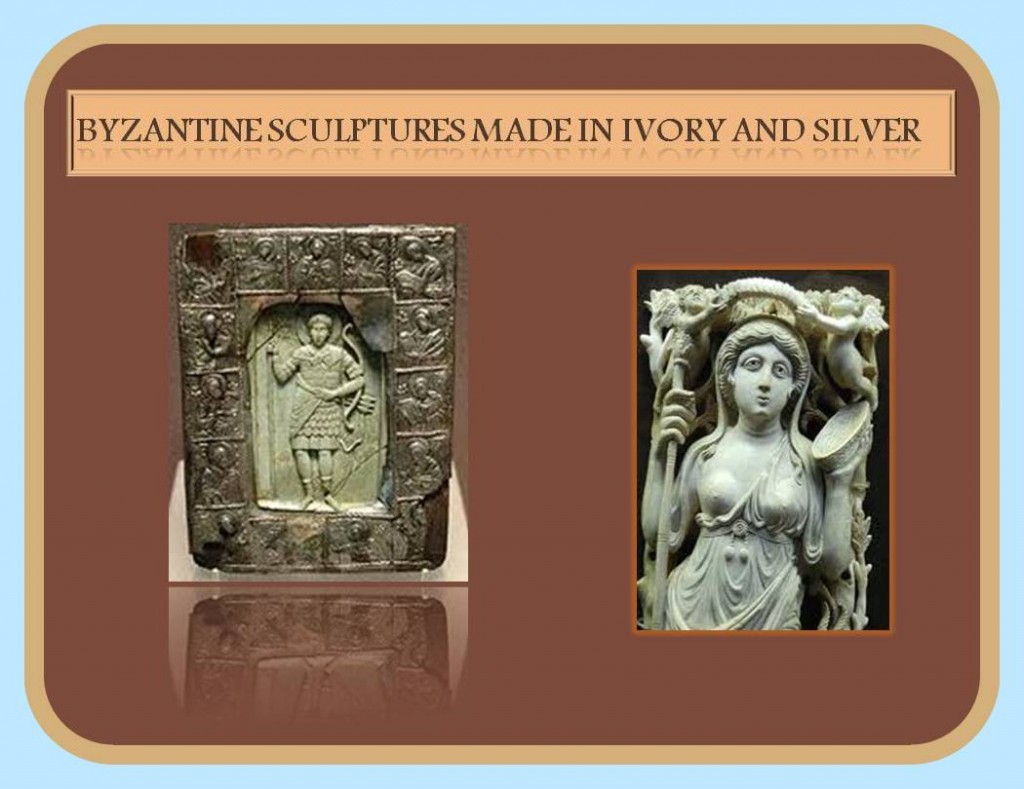
After the culmination of this iconoclastic period there is a return to the worship of images, but not to return to idolatry and under the influence of the new Islamic currents; the human figures representations disappears from the exempt sculpture representation to avoid the predecessor idolatry ever to take place again.
The most outstanding works are the ornaments of the capitals with vegetal motifs competing with animals figures such as those of San Vitale of Ravenna, or the sarcophagi with themes as the good Shepherd.
Sculpture representation in Sarcophagus in the Byzantine art.
In sculpture, the best sample of the Byzantine art can be found located in the reliefs of the sarcophagus. Subsequent to the year 313 the figurative items, inspired by the Roman models are the most common, on the fronts of the sarcophagi appear reliefs, which initially only follow classical aesthetics. One mainly example is “The sarcophagus of Probes”.
Subsequently representation turns to be with more flat designs and figures, generally in the same sizes. These were placed in those spaces in which the structure of arches give unit to the scene.
The better examples of sculptures in this period related their thematics around religious representation of well known passages from the bible, applying them to the decoration of the sarcophagus. As examples those tematics were:
– The life of Christ.
– Scenes from the Old Testament (Daniel and the Lions)
– The sacrifice of Abraham.
– Adam and Eve.
Most important sarcophagi representation in Byzantine art.
– The Junious Basso (Vatican)
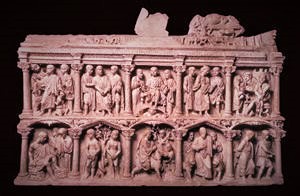
– The Dogmatic or the Trinity. (Museum Lateran)
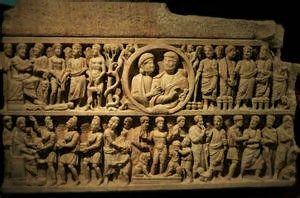
You can also see the version in spanish of this post in http://www.historiadelarteen.com
The part corresponding to Byzantine architecture, painting, glass making and mosaic are explained each in separate posts to better understand those tematics. You will find them in the archives of the blog or in the right column by categories.


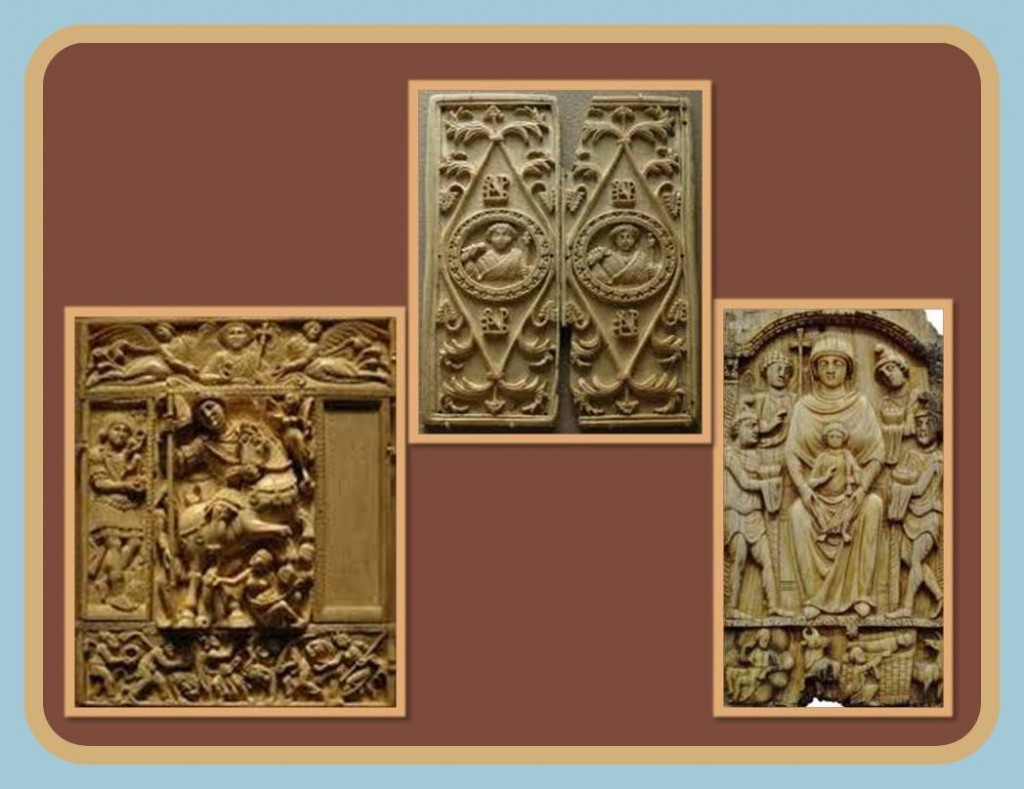
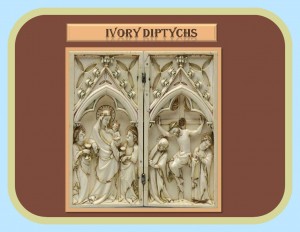


Thank you for commenting Shysky, I am sorry is you could not understand the totality of the text. I hope to count you as visitor again though soon.
Sincerely
Elena
these sculpture is so amizing,i like it eventhough there’s so much words that i cant understand.